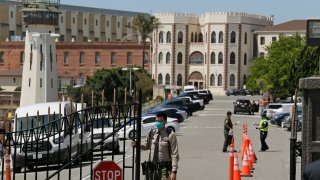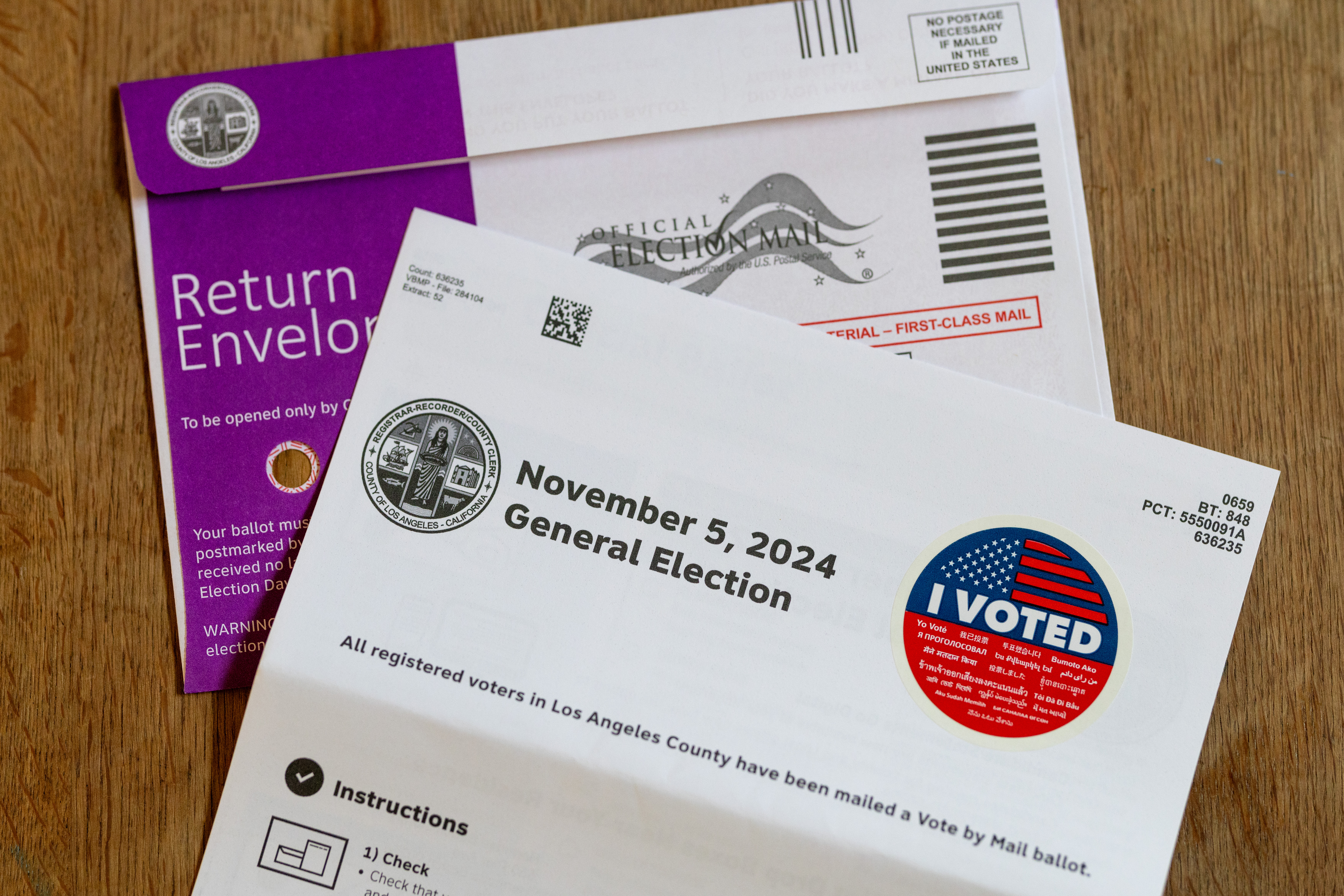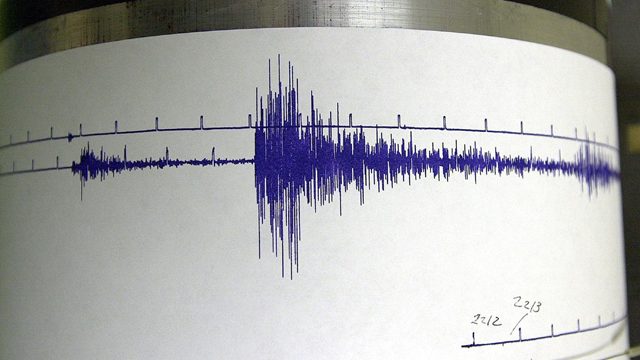
A Northern California judge tentatively ruled Friday that state prison officials acted with deliberate indifference when they caused a deadly coronavirus outbreak at one of the world’s most famous prisons last year. But he said vaccines have since so changed the landscape that officials are no longer violating inmates’ constitutional rights.
The lawsuit stemmed from the botched transfer of infected inmates in May 2020 from a Southern California prison to San Quentin, which at the time had no infections. The coronavirus then quickly sickened 75% of inmates at the prison north of San Francisco, leading to the deaths of 28 inmates and a correctional officer.
Prison officials “ignored virtually every safety measure in doing so,” Marin County Superior Court Judge Geoffrey Howard wrote in a 114-page tentative ruling Friday.
“The tragic, inevitable, result of this bumbling sequence of events was an exponential COVID-19 outbreak at San Quentin that, to date, has killed 28 people,” he wrote. “It more than qualifies as deliberate indifference to a known risk.”
But he preliminarily rejected inmates’ request that he essentially reinstate an appeals court ruling from October 2020 requiring corrections officials to cut the inmate population to less than half of San Quentin’s designed capacity.
The California Supreme Court put that appeals court order on hold in December pending the trial that took place in Howard’s courtroom this summer.
The appeals court order came during the height of the pandemic in October 2020, after the deadly summer surge at San Quentin and before a statewide winter spike that strained hospitals and intensive care units.
California
Howard tentatively concluded that conditions have substantially changed since then, mainly because he said prison officials have done their best to vaccinate every inmate who agrees to be inoculated.
Those vaccinations “substantially reduce the danger posed by COVID-19 within the prison. That risk, though undoubtedly substantial and serious, may well not exceed contemporary standards of decency,” he wrote.
Get a weekly recap of the latest San Francisco Bay Area housing news. Sign up for NBC Bay Area’s Housing Deconstructed newsletter.
“The vaccine -– in combination with the myriad other measures (the prison system) has undertaken –- has essentially eliminated the more serious threat from COVID-19 to any inmate who accepts the vaccine.”
Howard said he will hear attorneys’ objections or comments on Nov. 8 before making a final ruling.
Attorney Charles Carbone, who represented the first inmates in a case that now involves hundreds, said there is little chance of changing Howard’s ruling, but a 100% chance that it will be appealed.
Howard meticulously documented human rights and constitutional abuses, Carbone said, but then “said, ’Sorry, so what. Sorry that people died, sorry that hundreds of correctional staff got sick, and sorry that it was largely if not entirely preventable. But as a body of law, we’re not going to do anything about it.′ ”
Carbone said that also sends the wrong message to corrections officials, who may now feel “you can violate the rights of your prisoner population to the point where you basically cause preventable deaths, and there’s really not going to be any accountability.”
Corrections officials said they are reviewing the tentative ruling.
In arguing for a court-ordered population reduction, inmates’ attorneys called overcrowding the “original sin” of the California prison system.
Overcrowding “is why San Quentin presented a virtual tinderbox for an epidemiological conflagration in early 2020, because its population stood at 131.4% of capacity,” they argued.
California prison officials countered that they took numerous steps to try to protect inmates from infection, including temporarily reducing the population of the state’s oldest prison by 40%, short of the 50% recommended in June 2020 by health experts.
Prison officials said the botched transfer itself was a flawed but well-intentioned effort to move 121 vulnerable inmates away from an outbreak at a Southern California prison. Some of the inmates sent to San Quentin had already been infected but were inadequately tested for the virus, and they were not quarantined upon their arrival.
The outbreak prompted more than 700 San Quentin inmates to petition the Marin County Superior Court for their immediate release. About 300 were consolidated into a single case.
A federal judge in September ordered all California prison employees to be vaccinated, though the state is fighting the mandate.
Howard ruled in one of several lawsuits resulting from the San Quentin outbreak, including a federal civil rights lawsuit by the family of 61-year-old inmate Daniel Ruiz, who died, and a proposed Marin County class-action lawsuit on behalf of inmate Steven Malear and what the lawsuit says are at least 1,400 infected San Quentin inmates.



